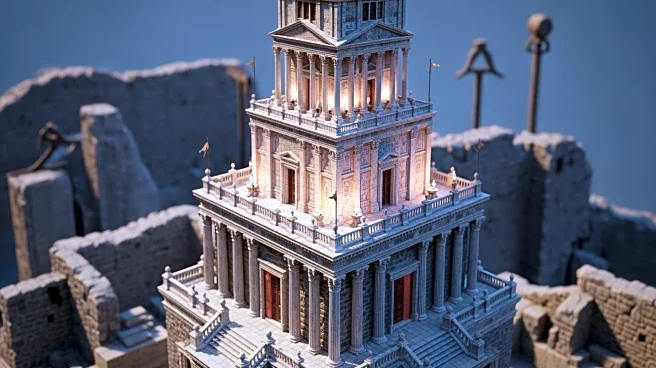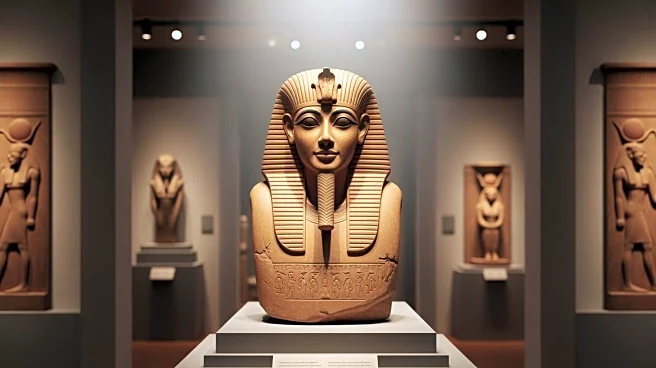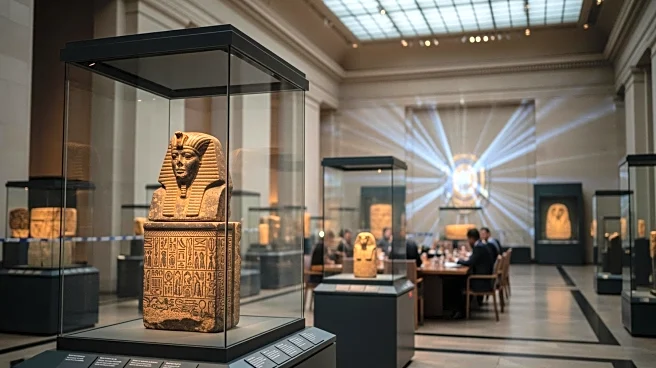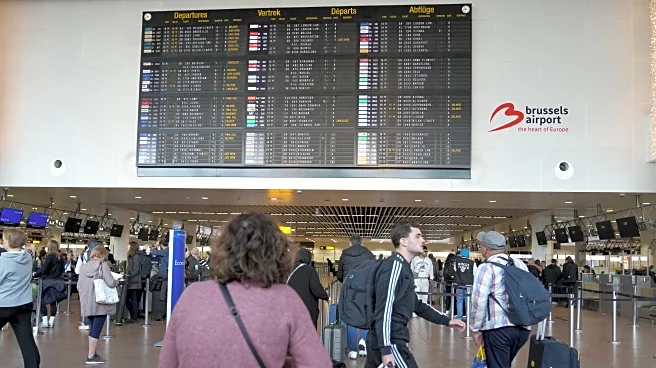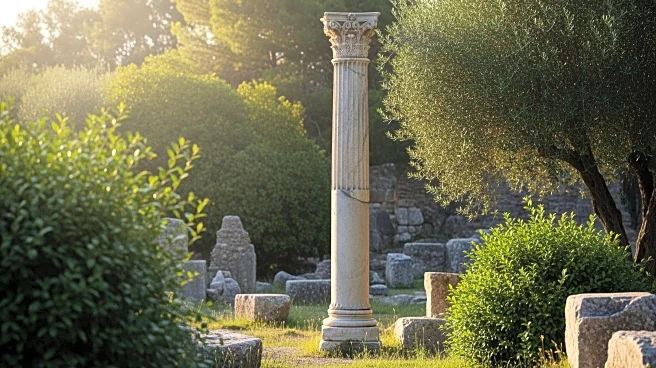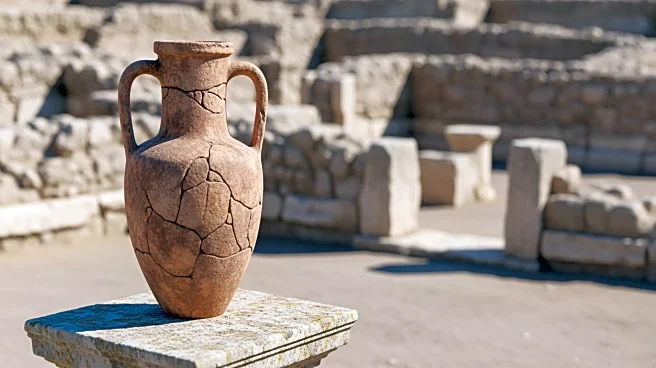What's Happening?
Archaeologists have digitally reconstructed the residential towers of Pompeii using 3D models, revealing previously unknown luxurious upper-level dining spaces. This project, led by Berlin's Humboldt University
under the Pompeii Reset initiative, utilized laser scanning and detailed photography to create accurate digital representations of these structures. The findings challenge previous assumptions that these upper floors were simple and used for less prestigious purposes. Instead, the research suggests that these spaces were integral to the social and architectural fabric of Pompeii's wealthiest homes, offering panoramic views and luxurious settings for dining and social gatherings.
Why It's Important?
This reconstruction provides new insights into the social and architectural dynamics of ancient Pompeii, highlighting the sophistication and opulence of its elite residences. By understanding the true nature of these upper floors, historians and archaeologists can better appreciate the complexity of Roman urban life and the social hierarchies that existed. The project not only enriches historical knowledge but also enhances cultural heritage preservation efforts by offering a more complete picture of ancient Roman architecture. This could influence future archaeological methodologies and the interpretation of similar sites worldwide.
What's Next?
The Pompeii Reset project will continue to explore other buildings in the area, such as the House of the Second Cenaculum and the House of the Painters at Work. These efforts aim to further uncover the architectural and social intricacies of ancient Pompeii. The ongoing research may lead to more discoveries that could reshape current understandings of Roman urban planning and lifestyle. Additionally, the use of 3D modeling in archaeology could become more widespread, offering new ways to visualize and study historical sites.
Beyond the Headlines
The use of 3D modeling in archaeology represents a significant technological advancement, allowing for more precise reconstructions and interpretations of historical sites. This approach not only aids in academic research but also enhances public engagement by providing accessible and immersive experiences of ancient history. The ethical implications of such reconstructions, however, must be considered, ensuring that they remain faithful to historical evidence and do not misrepresent the past.
